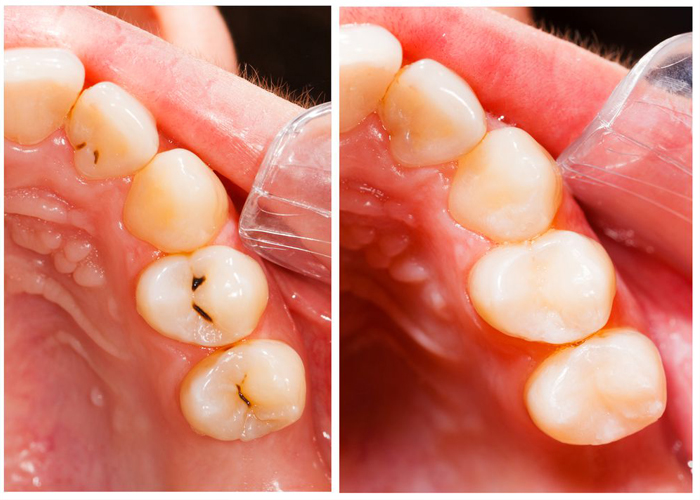Tooth Colored Filling
Advances in modern dental materials and techniques increasingly offer new ways to create more pleasing, natural-looking smiles. Researchers are continuing their often decades-long work developing esthetically attractive materials, such as ceramic and plastic compounds that mimic the appearance of natural teeth. Today, more patients ask their dentists about white fillings because they want their teeth to look natural when they laugh, talk and smile. White fillings, also called composite fillings, are made from tooth-colored materials that restore the natural appearance of a decayed or previously filled tooth. Because they blend well with tooth enamel and don't look like fillings, your dentist may recommend them if the teeth to be restored are near the front of your mouth.
A tooth-colored filling becomes necessary if your tooth requires a dental filling or root canal. In this case, part of the tooth’s original structure has become decayed and your dentist must remove it to repair the damage. This, however, leaves the tooth compromised and requires a tooth-colored filling to fill in the gap and restore the tooth’s natural structure. Tooth-colored filling material also helps dentists during a dental bonding procedure, which molds the filling directly onto the tooth to change its shape, width, length, or color.






